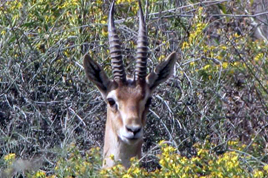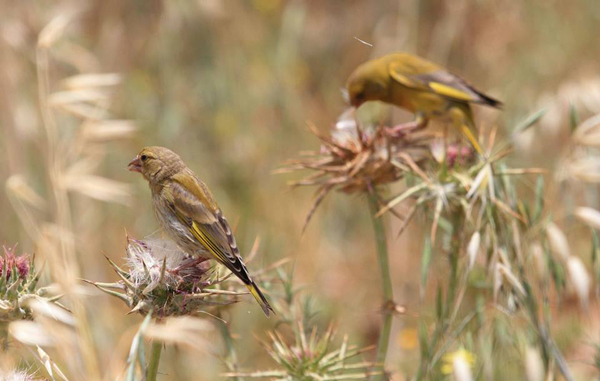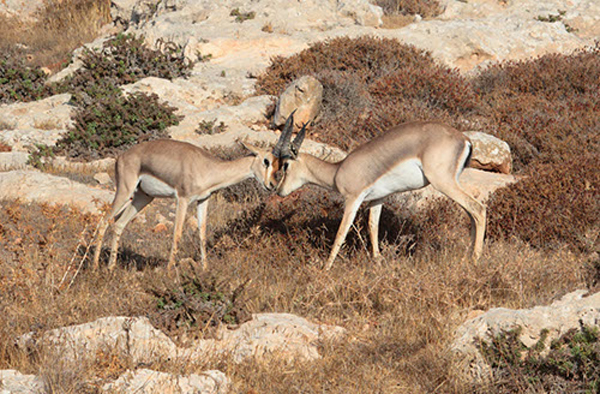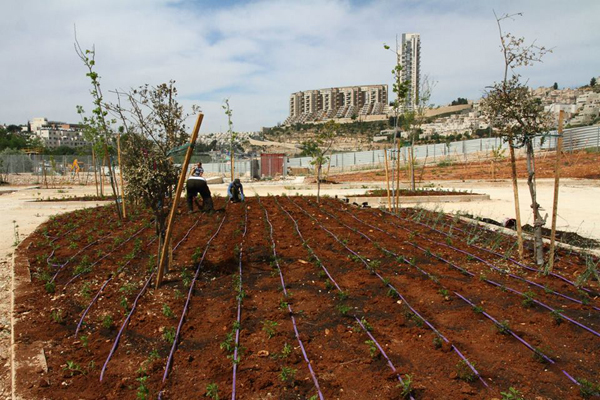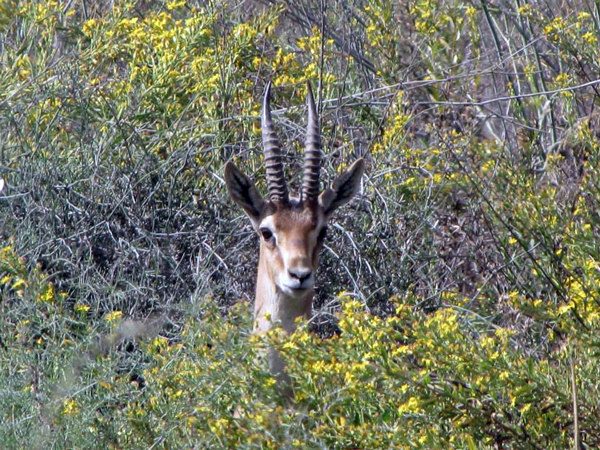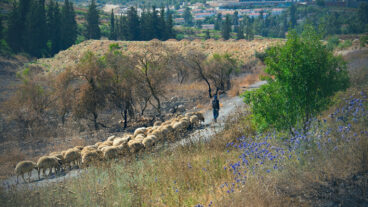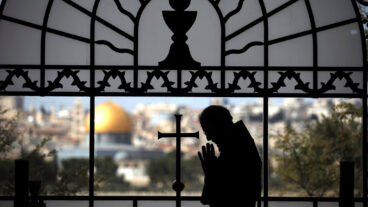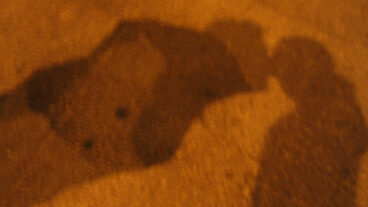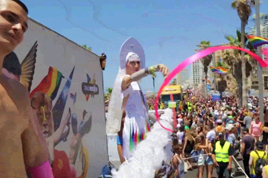After years of controversy and threat of urban development, Jerusalem’s largest natural habitat reopens this week to the satisfaction of local residents, both the two-legged and four-legged kind.
Jerusalem’s Emek HaTzvaim (or Gazelle Valley in English), is located at the juncture of the Rehavia, Rakefet and Hovevei Zion waterways that merge to flow southwards to the Refaim Stream. a tributary that in turn, empties into the Sorek water basin.
The valley, whose official name is Pri Har Valley, received its nicknamed for a herd of about 17 gazelles of the subspecies Gazella that live in this area. The valley is one of the largest surviving areas of natural vegetation in Jerusalem, and home to a variety of rare native flora.
Gazelle Valley itself is surrounded by residential neighborhoods — Givat Mordechai to the north, Bayit v’Gan to the west, Ramat Sharett to the south and Gonenim and Katamonim to the west. The Valley is an important section in a series of valleys extending from Sacher Park to the north, to the Valley of the Cross, the Jerusalem Botanical Gardens towards Malcha and the Refaim Stream.
Throughout the years, southwest Jerusalem has been critical to the city’s development in an area that includes the Malha Mall, Teddy Stadium, the Technology Park and Begin Highway. The gazelle population, which had once wandered freely, now found itself trapped between high-speed roadways and residential neighborhoods, forced to settle in an area no larger than 62.5 acres.
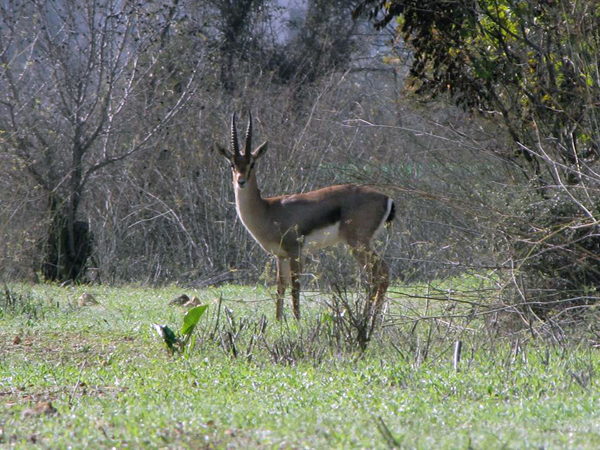
All of the official municipal plans, including the Jerusalem City Plan (also called the Local Outline Plan) — developed during the British Mandate 1918-1948 by architect Henry Kendall and still in force today — preserve Gazelle Valley as an open urban space.
In the mid-1990s, Gazelle Valley was at the center of a public struggle between the local residents and developers who would have turned the area into yet another residential and commercial neighborhood, eliminating a sizable portion of the city’s “green belt” and destroying a bio-diverse habitat.
Leading the campaign was the Gazelle Valley Action Committee together with other social and environmental organizations, including the Society for the Protection of Nature in Israel (SPNI).
United, they spearheaded an counter-initiative that positioned the Valley as a “developed open public space”, preserving the Valley as an open space and independent biological habitat along with recreational facilities to benefit both residents and visitors.
The resulting “Gazelle Valley Master Plan”, was unique in that residents, activists and social organizations initiated and designed a program in line with their needs through a cooperative and democratic process.
In 2010, after years of negotiation, the Residents Plan (Plan 20,000) was approved by all municipal and national planning entities. The Jerusalem Development Authority pledged NIS 8 million in funding toward the park. An in-depth planning process based on ”The Gazelle Valley Master Plan” was launched upon approval and development work began immediately thereafter.
The park opens to the public on March 30th, 2015, in the presence of the Mayor of Jerusalem, Nir Barkat. In its new format, the park has visitors and eduction centers as well as trails but also a “Natural Core” area that is off-limits to humans and for the gazelle herd only.
For additional information concerning Gazelle Valley, visit the official website.
Images: Courtesy




